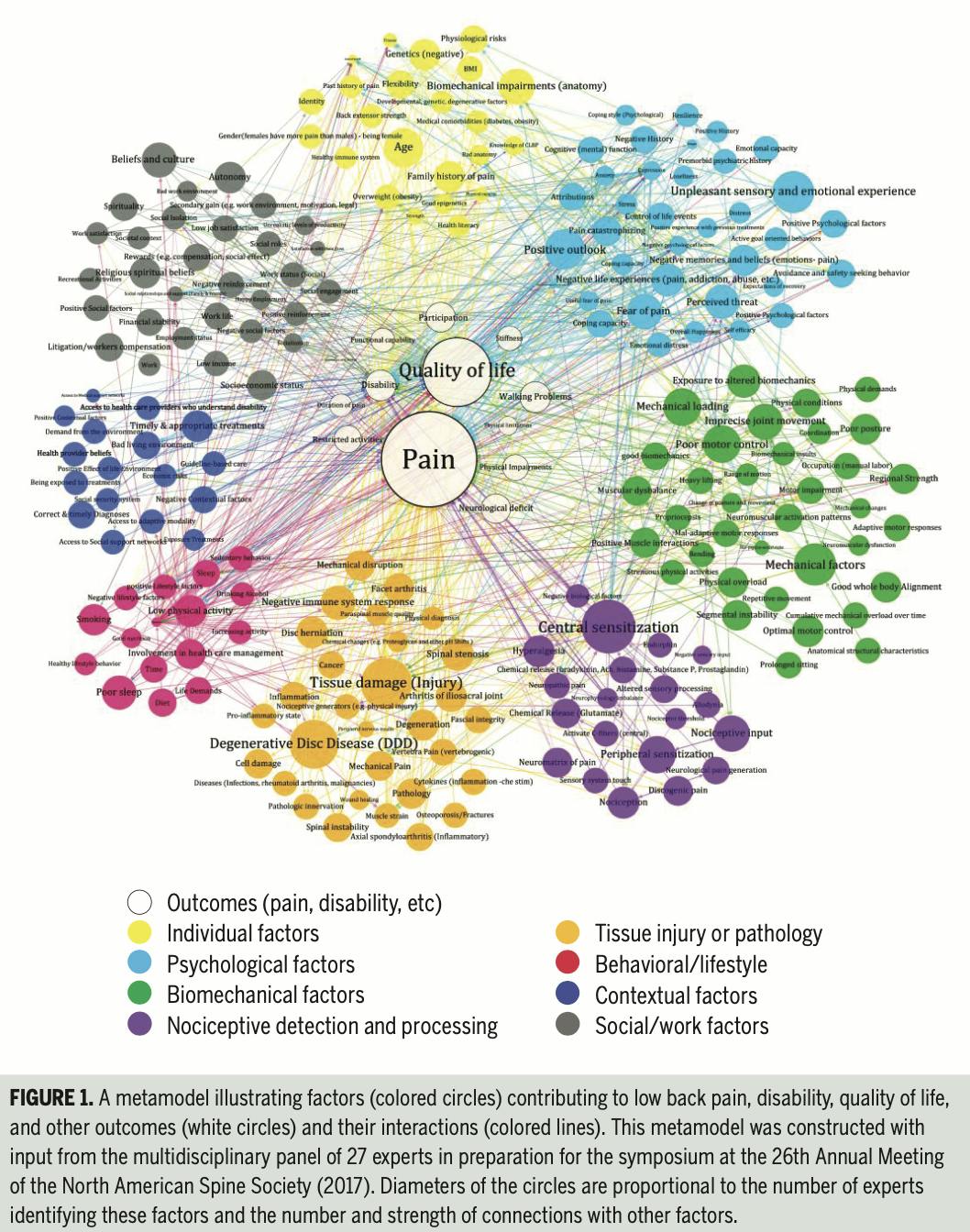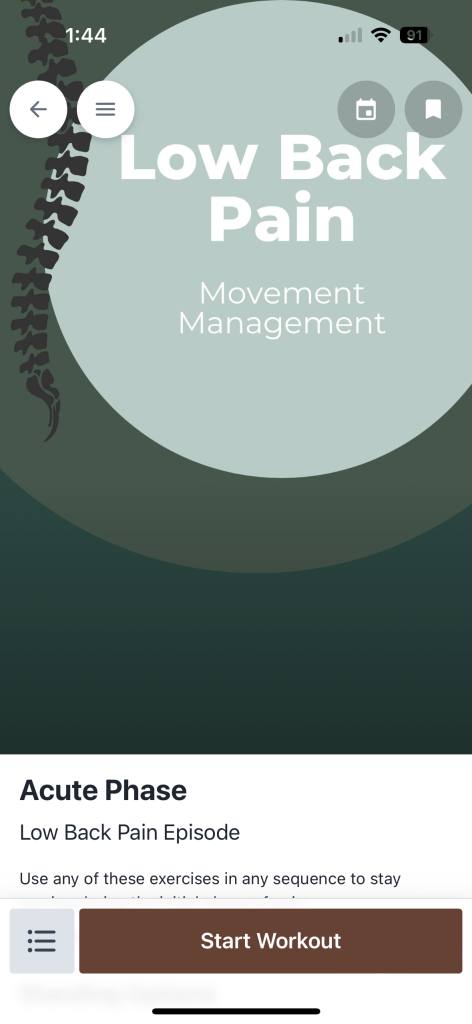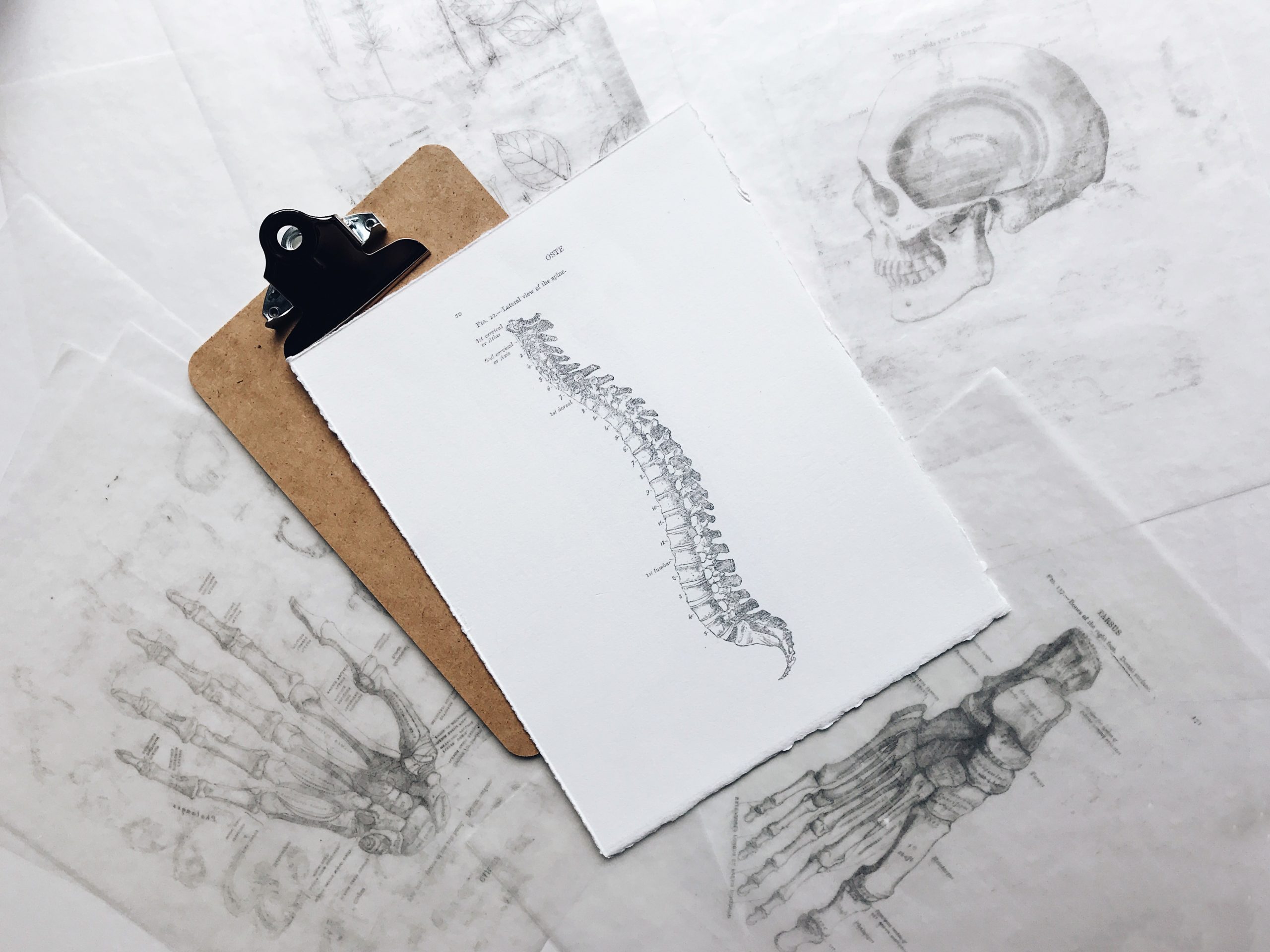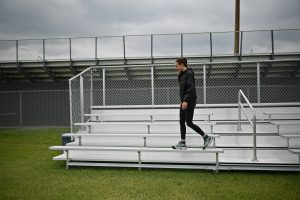A Short Guide to Lower Back Pain and Management Strategies from a physiotherapist covering:
- what causes low back pain
- how can you treat low back pain
- how long does it take for lower back pain to get better
- what exercises can you do to help low back pain
Managing your back pain while living your life is an important concept to grasp. Back pain is so common, that most individuals will experience a back pain episode at some point in their lives, so having strategies to keep moving and to stay positive will be useful to rely on when needed.
Low back pain has a high prevalence in most countries and is one of the top conditions that people go to a physiotherapist for. The hard part is figuring out the contributing factors to the back pain and how we are going to address them.
What is triggering your pain?
In a physiotherapy appointment, I often will ask you about your movement patterns, loading management (did you start a new activity, did you increase your activities, etc.) and overall exercise (is movement a normal part of your routine, is your job labourous, etc.) – this helps us determine if your body/back was underprepared for what you were asking it do to (too much too soon). Another reason we want to know these things is to see if it is more about repetitive strain (too much too often).
How can you treat back pain?
Another reason I want to ask so many questions about activity is because this is also part of the treatment strategy. I want to keep your favorite activities in your routine, because rest is not the answer for most cases of back pain.
I go through exercises in the section below.
How long does it take for back pain to get better?
Seeing a physiotherapist to help diagnose your pain will help you understand how long it may take to improve. Most episodes of back pain can improve within 5-6 weeks. I usually explain to patients that this is a bell curve so some people it takes less time, some takes more time, and the majority of people fall in the middle, around thr 5-6 week mark.
This differs for back pain related to nerves such as sciatica, so please get assessed and understand what may be causing your pain.
Contributing Factors to Back Pain
In many cases, I start to ask about other aspects of your life. Things like sleep, nutrition, stress and enjoyment, all play a role in how pain can manifest in someone’s body, this is espeically true for back pain.
Have a look at this metamodel below. Each and every one of those dots can represent a contributing factor to your back pain. Our goals are to pick a few, target them, and see if we have made sustainable changes for your pain and quality of life.

Strategies to treat your lower back pain
There are a lot of aspects you can touch on to start helping your back pain.
Lifestyle habits:
- Stress management – take 2 minutes of your day to do the deep breathing exercise of Box Breathing
- Sleep quality – put your phone away 10 minutes earlier than usual, in the morning – drink your coffee without scrolling your phone
- Nutrition intake – include one more piece of fruit a day than usual
- Social connection – call a family member or close friend once a week
Movement Management
My movement management plan is always to start people at a level that isn’t too painful but gives them a guide of what they can do.
Acute Phase
- Continuing walking as able
- Frequently changing positions to whatever your current tolerance level is
- Seated or lying back arching and flattening (think cat cow but very small movements)
- Upper back rotations and arm wall angels
- Gentle movements in standing (or whatever position is most comfortable)
Foundations
- Squats to a box (sit to stands)
- Lower back rotations
- Breathing exercises and ribcage and spinal mobility
- Seated glute stretches
- Gradual hinging or press ups to tolerance
- Glute bridges and hip muscle exercises for symptom management
- Trunk and spinal mobility (to not move like a block)
Strength
- Adding weight to the squats and hinge position
- Progressing to single leg positions
- Trunk and spine strengthening
- Posterior chain strengthening

On Ripple, you will have access to the Lower Back Pain program. Get 4 phases of exercise based treatment through the app. Get started today.
References:
Cholewicki, J., Breen, A., Popovich Jr, J. M., Reeves, N. P., Sahrmann, S. A., Van Dillen, L. R., … & Hodges, P. W. (2019). Can biomechanics research lead to more effective treatment of low back pain? A point-counterpoint debate. journal of orthopaedic & sports physical therapy, 49(6), 425-436.
Cholewicki, J., Popovich Jr, J. M., Aminpour, P., Gray, S. A., Lee, A. S., & Hodges, P. W. (2019). Development of a collaborative model of low back pain: report from the 2017 NASS consensus meeting. The Spine Journal, 19(6), 1029-1040.



